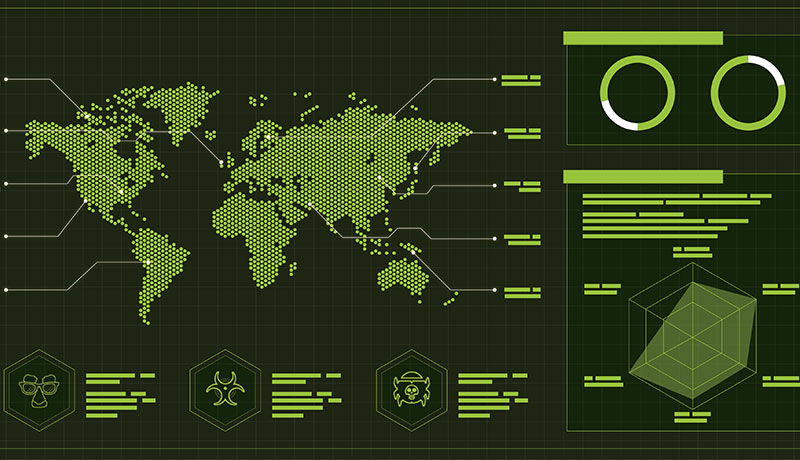
Unit-42_OilRig-Blog-OilRig-techxmedia
By Robert Falcone
While analyzing an attack against a Middle Eastern telecommunications organization, we discovered a variant of an OilRig -associated tool we call RDAT using a novel email-based command and control (C2) channel that relied on a technique known as steganography to hide commands and data within bitmap images attached to emails.
In May 2020, Symantec published research on the Greenbug group targeting telecommunications organizations in Southeast Asia, involving attacks made as recently as April 2020. We observed similar tactics and tools associated with attacks on a telecommunications organization in the Middle East in April 2020, specifically using custom Mimikatz tools, Bitvise, PowerShell downloaders and a custom backdoor we track as RDAT. Unit 42 has previously linked Greenbug to OilRig, a threat group we discovered in 2015. We had first seen the RDAT tool used in OilRig’s operations back in 2017, but we later found a related sample created in 2018 that used a different command and control channel. When we analyzed this sample, we found a novel email-based C2 channel used in combination with steganography to exfiltrate data.
We have been tracking RDAT since 2017, when we first saw this tool uploaded to a webshell related to the TwoFace webshell discussed in our Striking Oil blog published on September 26, 2017. RDAT has been under active development since 2017, resulting in multiple variations of the tool that rely on both HTTP and DNS tunneling for C2 communications. In June 2018, the developer of RDAT added the ability to use Exchange Web Services (EWS) to send and receive emails for C2 communications. This email-based C2 channel is novel in its design, as it relies on steganography to hide commands and exfiltrates data within BMP images attached to the emails. The combination of using emails with steganographic images to carry the data across the C2 can result in this activity being much more difficult to detect and allow for higher chances of defense evasion.
Palo Alto Networks customers are protected by WildFire and Cortex XDR, which identifies all RDAT samples as malicious, as well as DNS Security and URL Filtering, which identifies and blocks the C2 activity.
This website uses cookies.